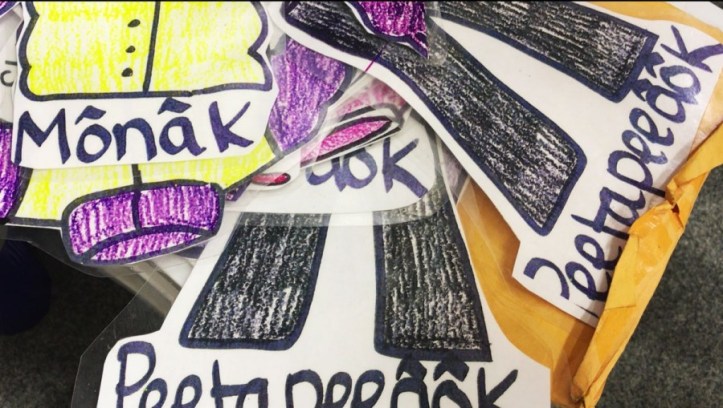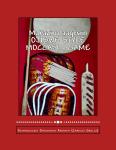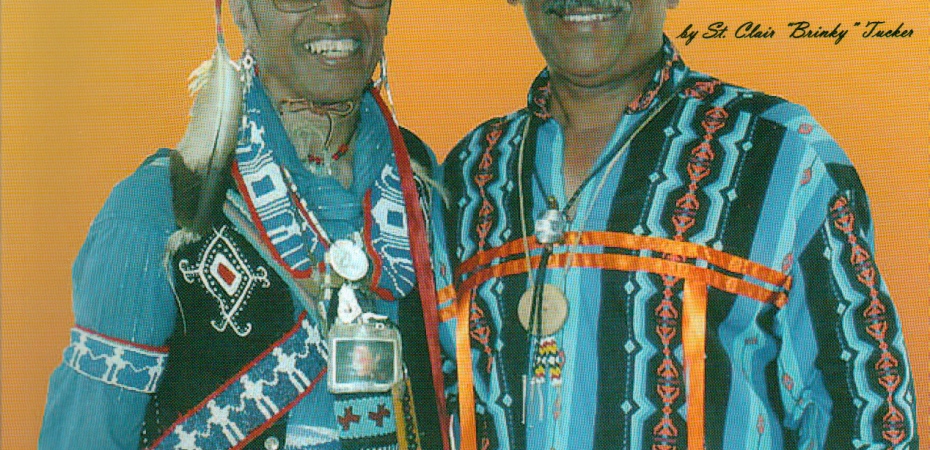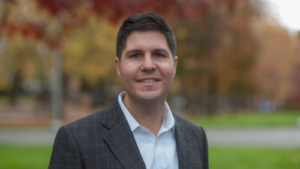 This lost Native language of Massachusetts is waking up again
This lost Native language of Massachusetts is waking up again
AND THIS:
By Lara Trace Hentz (She Covers the Trail)
AQUAY! Hello, greetings to you in Pequot! BERMUDA Greeting :: Yo Ace Boy! (Hello good friend!)
This blog still has the theme: “What you’re not supposed to know” (regarding cracking open Indian history, especially here in New England.)
I have also used this headline:
I don’t know why we don’t know this stuff
It’s heinous how the historic narrative calls American Indians/Native Americans “disappeared, the vanished, relics of the past,” but you will see in these stories, tribes do manage to survive every attempt to erase them and their culture, language and history right here in Massachusetts and Connecticut.
(above video) Jessie Little Doe’s work has helped revitalize and resurrect the Wampanoag language. I interviewed her many years ago. What was almost lost forever has been re-claimed, thanks to Jessie.
I blogged here in 2011 about Brinky Tucker who is a historian and descendant of the New England Indians who were sold into slavery into Bermuda. He authored “St. David’s Island, Bermuda, Its People, History and Culture” – published in 2009, (not on Amazon – but it should be!) The history of Bermuda involves slavery of Indigenous people… [Book cover, top photo: Tall Oak Weeden (Wampanoag-Pequot) and Brinky Tucker (Bermuda Indian)]. See: Brinky Tucker on Bermuda Indian History
BACK STORY: …relative isolation lasted until the 1930s, when a bridge was constructed connecting St. David’s Island with the rest of Bermuda. Although there was intermarriage and cohabitation with African slaves, European colonists, and imported Carib Indians, these descendants of New England tribes passed on “origin stories” that connect five St. David’s families, stories about an Indian slave woman named Susannah who claimed to be the granddaughter of King Phillip and traditions of chanting and drumming at a hillside location called Dark Bottom. After the 1834 emancipation, most former slaves stayed on St. David’s and continued to intermarry with each other.

“Most of the St. David’s Islanders today are of mixed blood,” says St. Clair Tucker, or Brinky, as he prefers to be called, one of the founding members of the St. David’s Island Indian Committee. “The first Indian slave arrived on our shores in 1616, and for the next 200 years the English developed a very profitable slave trade with Africans and Native Americans. Documents prepared by the English indicate that Pequots, Wampanoags, Narragensetts, Cherokees, Mohegans, Carib, Arowacks and Indians from Central and South America were sold here. The only trading port was in St. George’s, about 150 yards from St. David’s….”
 In 2002, the Mashantucket Pequot had ceremony to reconnect with their enslaved ancestors, their brothers and sisters found in Bermuda. Brinky and family members came to Connecticut to meet their Pequot cousins (that’s when I met him) and the next year the Pequot traveled to Bermuda. Making this connection made new history and friendships that continue to this day.
In 2002, the Mashantucket Pequot had ceremony to reconnect with their enslaved ancestors, their brothers and sisters found in Bermuda. Brinky and family members came to Connecticut to meet their Pequot cousins (that’s when I met him) and the next year the Pequot traveled to Bermuda. Making this connection made new history and friendships that continue to this day.
For decades, tribal culture is its own power and lives in the blood, and shows itself in song, dance and language.
When I spoke with Brinky, he’d met with Pequot tribal council who asked simply, “What do you want?” You might guess the world’s richest tribe was skeptical at first of this history connection. That is the worrisome part. Tribes themselves are often unaware of the slavery and mixing that happened in prior centuries, even in Bermuda.
Then-Chairman Michael J. Thomas, a Mashantucket tribal leader, went to St. David’s Island in Bermuda to reconnect with Brinky and other Bermuda Indians.
Brinky told the Bermuda newspaper:
“The Native American involvement in Bermuda over the years has been very significant,” he said. “They weren’t always well treated. Some of the stories aren’t pleasant, but it’s better that we know our history.”
He added that the English colonists who originally enslaved the Pequot Indians might well be surprised that their descendants are now celebrating their links to a troubled time. “The English kept great records,” he said. “Little did they know that we’d read them.”
| THEY LOOKED LIKE US | |||||
|
|||||
If you are into history, here is a link to a short paper about Bermuda’s Native American DNA ancestry. HERE
From Restless Natives, from the Bermuda newspaper THE BERMUDIAN here.

The Pequot War of 1634 to 1638 saw the English colonists of Plymouth and Massachusetts Bay join forces with the Narragansett and Mohegan tribes in an attempt to unseat the Pequot, who enjoyed economic and political power in what is now southeastern Connecticut.
“The colonists has guns,” Tucker said. “The Indians had bow and arrows.”
Captain Anthony White, the largest landowner in Bermuda at the time, purchased these 80 Native Americans. They were sent to live on St. David’s Island and put to work as farmers, boat builders, labourers and fishermen. From that point, the connection between Native Americans and St. David’s was established- and aided, over the following years, by the island’s close proximity to the local slave market.
“When they were brought here, the trading port was St. George’s,” Tucker explained. “Slaves were sold in the square, and masters from St. George’s and St. David’s got the first pick.”
*** Virtual: St David
On the island of St David, a cultural mishmash represents the diversity of Bermudian culture. The Carter House is a testament to the varied groups of people who settled here, exploring the history of the English, black West Indians, Spaniards, Portuguese, Native Americans and even Scottish and Irish prisoners of war (carterhousemuseum.org).
P.S. I left the Pequot Times in 2004. (I quit and moved to Massachusetts). The monthly newspaper continued barely another year and then folded. Massive layoffs by the Pequot Tribal Government shut it down. That was a huge loss for the tribe and for Connecticut…. and for history.
Melissa, Medicine Woman for the Mohegan tribe, named me “She Covers the Trail.” My Native friend English professor poet Ron Welburn keeps in close contact with Brinky and has visited him. Brinky and I exchange Christmas cards.
 P.S.S.– If you have any interest in Native authors (and you should), go visit www.bluehandbooks.org – we just published Ojibwe Style Moccasin Game, a handbook by Charles Grolla on how to play the oldest Ojibwe game, given to man by makwa (bear.)
P.S.S.– If you have any interest in Native authors (and you should), go visit www.bluehandbooks.org – we just published Ojibwe Style Moccasin Game, a handbook by Charles Grolla on how to play the oldest Ojibwe game, given to man by makwa (bear.)
***VERY IMPORTANT
“Who Belongs?” in Indian Country Conference Convenes March 9–10, 2017 TUCSON, ARIZONA – The “Who Belongs? From Tribal Kinship to Native Nation Citizenship to Disenrollment…
READ: A First: Tribal Leaders, Academics to Convene to Discuss Tribal Disenrollment – Native News Online



Thanks for that insight into the origins of modern America. And another question: What was a major source of financing for the Industrial Revolution in England?
LikeLiked by 1 person
I do not have the answer Alan but will try and get it. (If you know, please enlighten me.)
LikeLike
The “Triangular trade” – aka the slave trade: Britain-Africa-America and the Caribbean. British history books tend not to give it too much coverage, as you might expect.
LikeLiked by 1 person
Alan, one of my holistic doctor friends talked at length of the book Guns, Germs and Steel – I have not read it – but it may explain why the slave trade prospered here too.
LikeLiked by 1 person
That sounds like an interesting book. And our modern imperialists have just substituted financial slavery for the earlier, less sophisticated version.
LikeLiked by 1 person
If you are disappeared or vanished, there is no point in apologizing or making restitution… You’ll notice a peculiarly common use of passive voice and deflection in referring to losses we have caused but do not wish to accept responsibility for: “the buffalo disappeared” (not we nearly annihilated them to devastate Native food supplies), and “vanishing Americans” (an otherwise alarming phenomenon as if an invisible hand reaches down from the heavens and disappears whole nations without any detail or cause — just poof!) Ignorance is such bliss… But it is still IGNORANCE.
LikeLiked by 1 person